Do you have a wood stove or log boiler and some land? If so, you should plant trees that grow fast for your heating system in your house. Voila, you’re now gotten into farming.
Fast-growing trees must be considered when planting and managing because they have certain characteristics that make for good firewood.
If you are interested in growing your own trees for firewood or to resell, maybe as part of your way of starting a homestead, we have compiled a list below, along with their pros and cons.
So, which timbers are the greatest for woodpiles? The answer depends on where you live and what is accessible in your area of the world.
Qualities of Good Firewood
You want it to burn rapidly and generate heat, but you don’t want the mess and smoke from low-quality fire wood.
Two key elements are required for wood to burn cleanly: density and dryness.
That entails burning it without producing the snap, crackle, pop, and dense smoke from wet wood.
Note:
When rotting lumber in the forest is burned properly, it emits the same amount of carbon dioxide as the woodpile.
Your fire will burn longer since it will gradually devour the wood the denser the wood is. All of us who rely on renewable energy sources must be aware of the different trees for firewood.
Our top 6 trees to plant and grow for a high yield of firewood
Here are the six best fast-growing trees for a good harvest of firewood.
Black locust
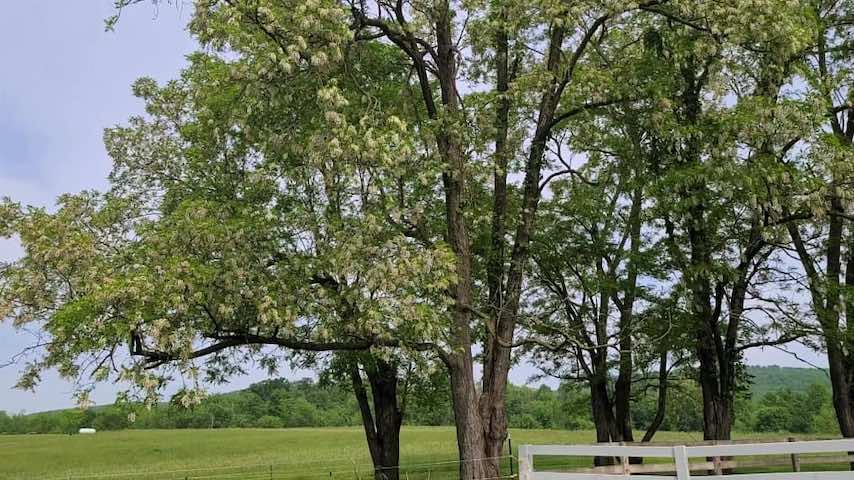
The black locust typically grows up to 50 feet tall. The straight trunk and new growth of the black locust make it stand out, which is why so many people favor it in making woodpiles.
The black locust tree can thrive in a variety of soil types and can withstand a wide range of environmental factors.
Pros of Black locust
- Very rapid growth rate
- High BTU content
- Valuable, rot-resistant wood
- Favorable to wildlife
Cons of Black locust
- Aggressive
- Thorns
Catalpa
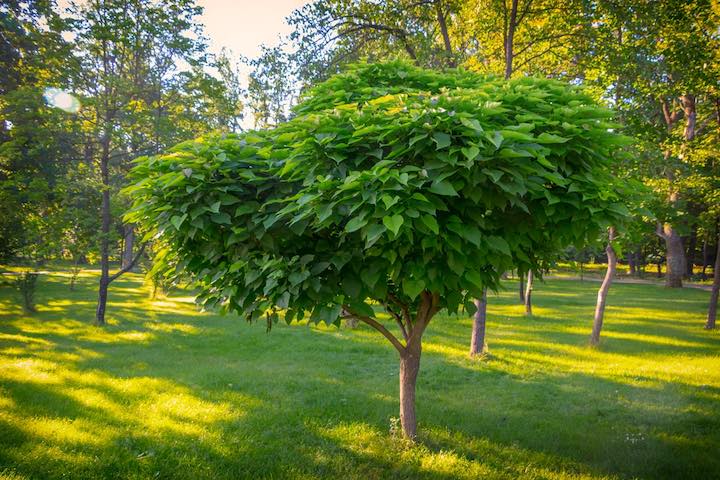
The catalpa tree can tolerate various soil conditions but is often planted in moist, well-drained soils.
It is a weedy tree that develops quite quickly. It is a great tree that is frequently harvested for its firewood.
Pros of Catalpa
- Exists everywhere
- Yields beautiful, fragrant flower clusters
- Decent shade tree
- Grows quickly and does well in any environment
Cons of Catalpa
- Overwhelming odor
- Difficult to manage their expansion and growth
Willow tree
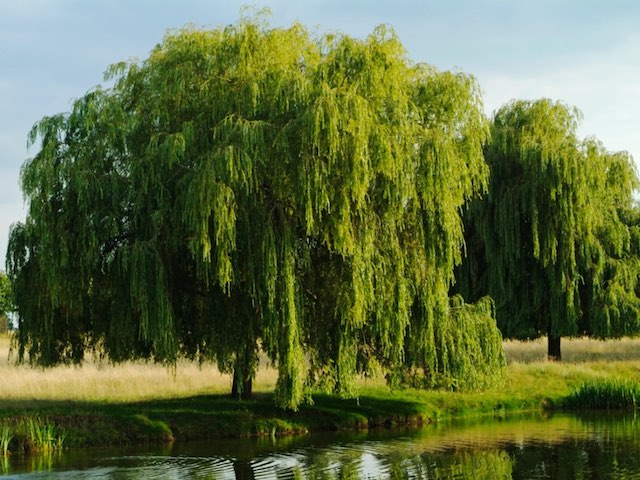
One of the fastest-growing trees in the world is the willow tree. The log scale willow may be made in four years!
White willow (Salix alba) has softer grains than goat willow (Salix caprea), which is why it burns longer. You can damage the roots near the surface, which all sprout into new trees.
Willow trees have about 55% moisture; proper seasoning takes about three months. A nice breeze could quickly produce cracks if you set it on bearers and cover it gently.
Pros of Willow tree
- Beautiful
- Grow quickly
- Simple to maintain
- Can easily season the willow logs
Cons of Willow tree
- Have invasive roots
- Pest and disease prone
Oak
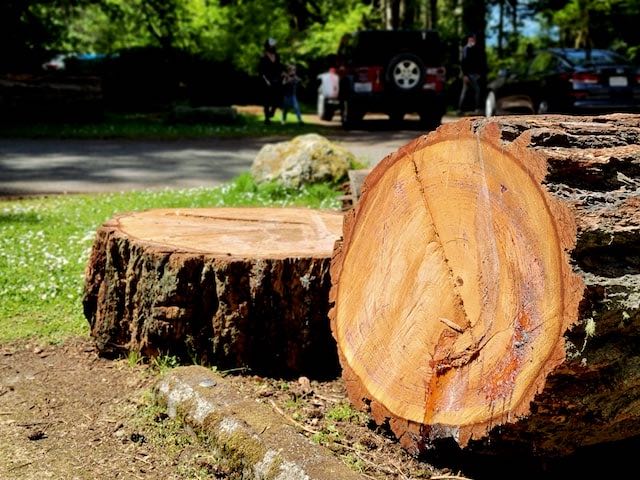
They are so widespread that they are frequently used for firewood. Like other trees, they grow more slowly than their evergreen counterparts.
Firewood from oak trees is good. It is excellent for firewood for numerous reasons, one of which is that it is simple to split.
Pros of Oak
- Strong
- Aesthetically beautiful
- Greater resistance to disease than other timbers
- Produce a great many acorns
Cons of Oak
- Messy
- Demand annual pruning upkeep
European ash or Green ash
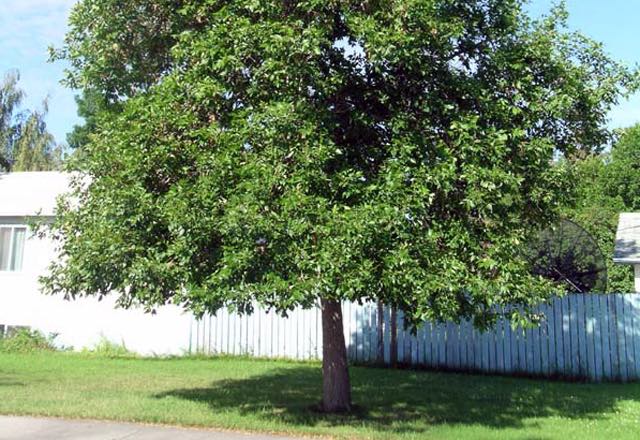
Ash grows quickly, tolerates cold temperatures, and prefers damp areas. It burns hot, doesn’t spark, and splits easily.
Then there is green ash. It is another suitable tree that may expand swiftly in various soil types around the nation.
The tree’s seeds produced throughout the fall season usually grow swiftly.
Pros of European ash or Green ash
- Strong durability
- Quite workable (pretty easy to cut)
- Hardwood (high hardness value)
- Very dense wood
Cons of Black European ash or Green ash
- High maintenance required
- Less resistant to moths, bugs, and termites
- Expensive
Alder
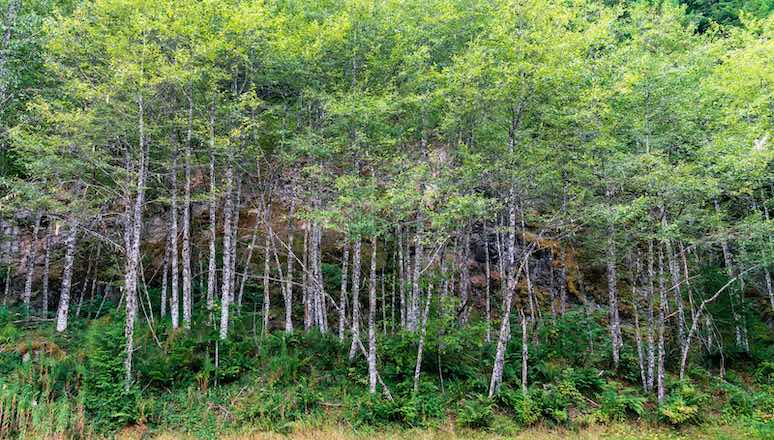
Alder woods are exceptional because a root nodule from the ground generates a nitrogen-fixing bacterium.
It’s not as dense as other common hardwoods since they are fast growers, but there’s no reason you can’t include it in your firewood supply.
Alder must be properly seasoned before use, and burning it while wood is damp is not advised. Alder-seasoned wood burns quickly yet produce fire and good coals.
Pros of Alder
- Quite workable
- Extremely accessible
- Affordable
- Versatility
Cons of Alder
- Softness
- Poor durability
Note:
The osage orange (hedge apple) may be an exception to the general rule of fast growth accompanied by low energy density. It grows quickly and has one of the greatest energy densities.
Are Poplar and Eucalyptus great as Firewood?
The poplar is a great choice for those who want to dive into single-stem production. Although it drops leaves, it absorbs moisture and takes a long time to dry, like a softwood.
Poplar is fast burning, although it might take up to a year to season. You’ll be able to thin out with a good harvest.
It is a great idea to use this in warmer months because it burns fast and has only moderate amounts of much heat. If you use wet poplar with its bark on, then yes, it is likely to be smelly.
Compared to poplar or willow wood, eucalyptus (Eucalyptus) produces wood that burns more slowly and requires four years to reach harvestable size.
While other species are a bit stringy, which makes them difficult to split, most form their grains properly and make great firewood that burns hot.
Recommended reading:
FAQ – The finest trees to grow for firewood
Our answers to frequently asked questions discuss the finest woods to grow for firewood.
Oak woods, particularly White and Red Oaks, make excellent firewood because of their durability and high heat-producing density.
Willow is one of the fast-growing trees, like Usain Bolt for woods. In just four years, biomass has grown at an astonishingly high yield.
Hardwoods like maple, ash, birch, and most trees (fruit trees) are the best flaming lumber that will give you a hotter and longer burn time.
Avoid purchasing firewood from evergreen trees, such as pine, fir, or cypress, as they are softwoods.
The longest burning wood is hickory. It is the densest, burns hotter than maple, and burns the longest.
The weeping willow is an iconic giant, reaching heights of 30 to 40 feet when mature. This fast-growing species grows best in areas with a high water table.
Coppicing is a recommended planting strategy that involves chopping the trees down to the ground level, causing the stump to produce new shoots when Spring arrives.
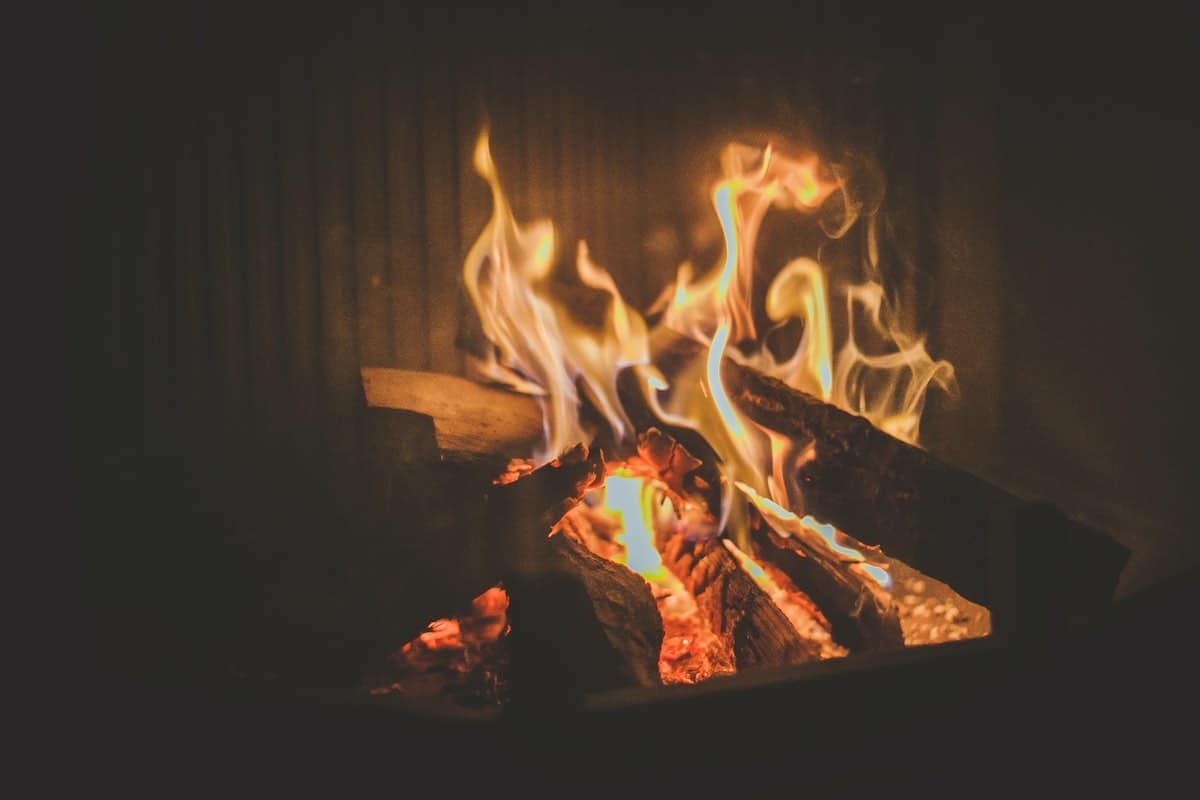
One reply on “The Best Trees to Grow for Firewood”
[…] The Best Trees to Grow for Firewood […]